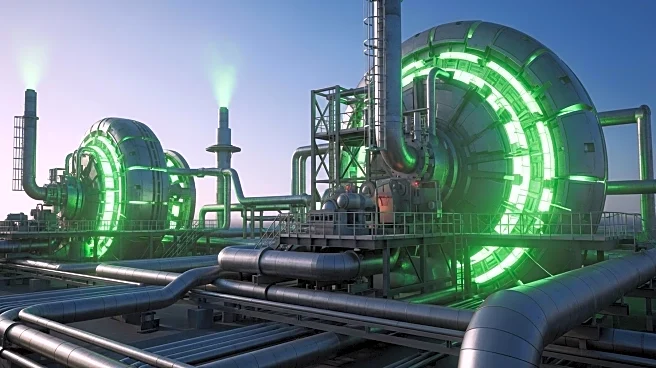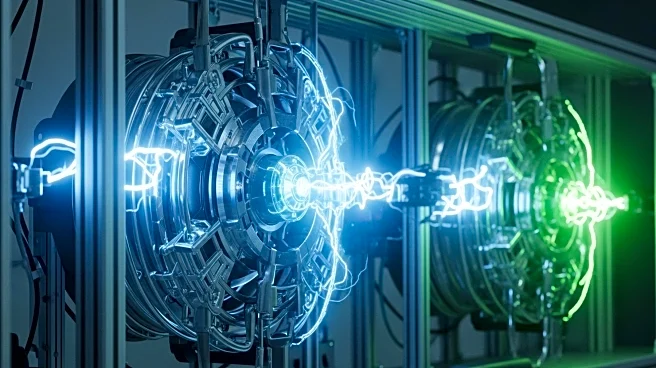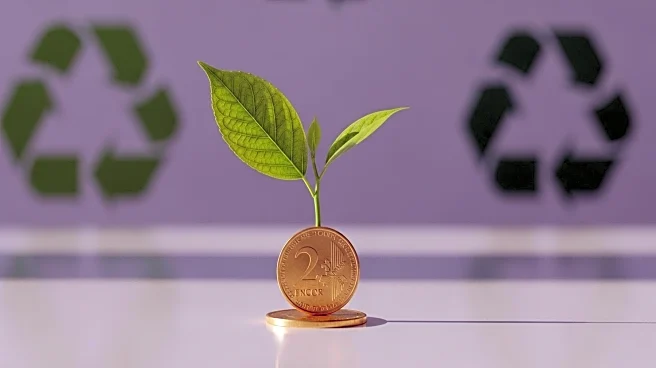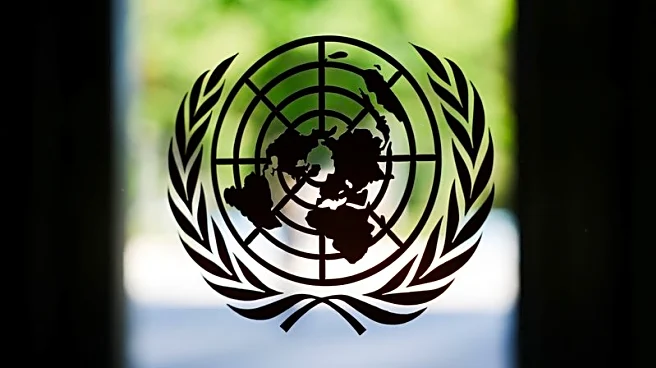What's Happening?
Researchers led by Andrew Cooper have developed a computational screening workflow to identify promising organic linker candidates for CO2-selective metal-organic frameworks (MOFs). This approach simulates CO2 and H2O binding energies for organic linkers in isolation, offering a less computationally expensive method than traditional simulations of crystalline porous frameworks. The workflow leverages the diversity of organic linkers in existing molecular datasets, potentially expanding the chemical space explored in CO2 capture research.
Why It's Important?
This new computational method is significant for advancing CO2 capture technologies, which are crucial for addressing climate change. By identifying efficient organic linkers, researchers can develop MOFs that selectively adsorb CO2 even in the presence of water, enhancing the effectiveness of carbon capture systems. This approach could lead to more sustainable and cost-effective solutions for reducing greenhouse gas emissions, benefiting industries and policymakers focused on environmental sustainability.
What's Next?
The research team may continue to refine the computational workflow and explore additional organic linkers to further improve CO2 adsorption capabilities. Collaborations with industry partners could facilitate the practical application of these findings in developing commercial carbon capture technologies. As the demand for effective climate solutions grows, this research could play a pivotal role in shaping future environmental policies and technologies.












